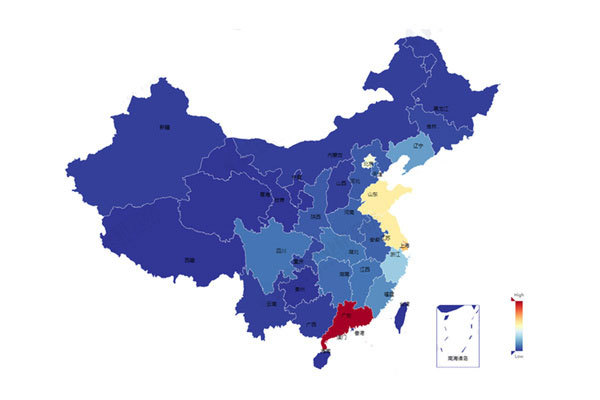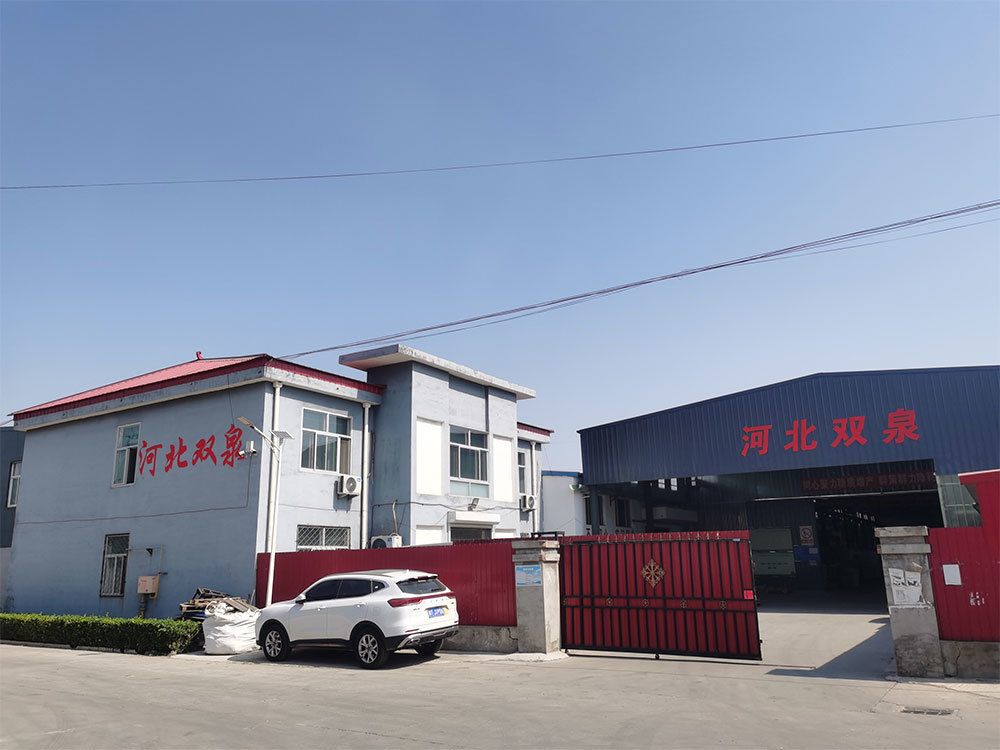News Center
2022-11-17
The "New Machine" of Medical Device Industry in the Epidemic Crisis
According to the British Economist, the COVID-19 has led to the economic downturn, and the medical equipment manufacturing industry bears the brunt. The epidemic situation was rampant, and the medical procurement process in demand for precision medical equipment collapsed, which had a huge impact on sales. At the same time, the epidemic crisis has also created business opportunities for manufacturers of ventilators and testing equipment.
To illustrate the changing process of this trend, take Medtronic as an example. On August 25, Medtronic, an American giant with a market value of 138 billion US dollars, announced its quarterly financial results as of July. From the financial report, the performance was extremely bad: the revenue was only 6.5 billion US dollars, down 17% year on year, and the net profit fell by nearly half. The company refused to forecast future revenue on the grounds of the epidemic.
However, investors and analysts cheered for it, one of the reasons being that their previous expectations were even worse: Medtronic's revenue and earnings easily exceeded expectations. Another reason is that the sales of ventilators have increased fivefold, which is the foundation of the overall income. Jeff Martha, CEO of Medtronic, expects the company to return to "normal growth" in the next few quarters.
The recovery of Medtronic may indicate a larger recovery of medical device enterprises. Matt Mikhisic of Credit Suisse, an investment bank, pointed out that these enterprises were in crisis under the condition of "going against the wind". Their recovery was driven by the strong growth of global income. In 2020, KPMG, a consulting company, predicted that the global sales in 2030 would increase from 371 billion dollars in 2015 to 795 billion dollars. Tim Van Bison of Bain Consulting pointed out that before the outbreak of the epidemic, the sales of high profit equipment used in orthopedics, neurosurgery and cardiovascular surgery surged. As a result, in the past five years, its share price has exceeded the Big Pharma and S&P 500 index (see chart).
Related News







